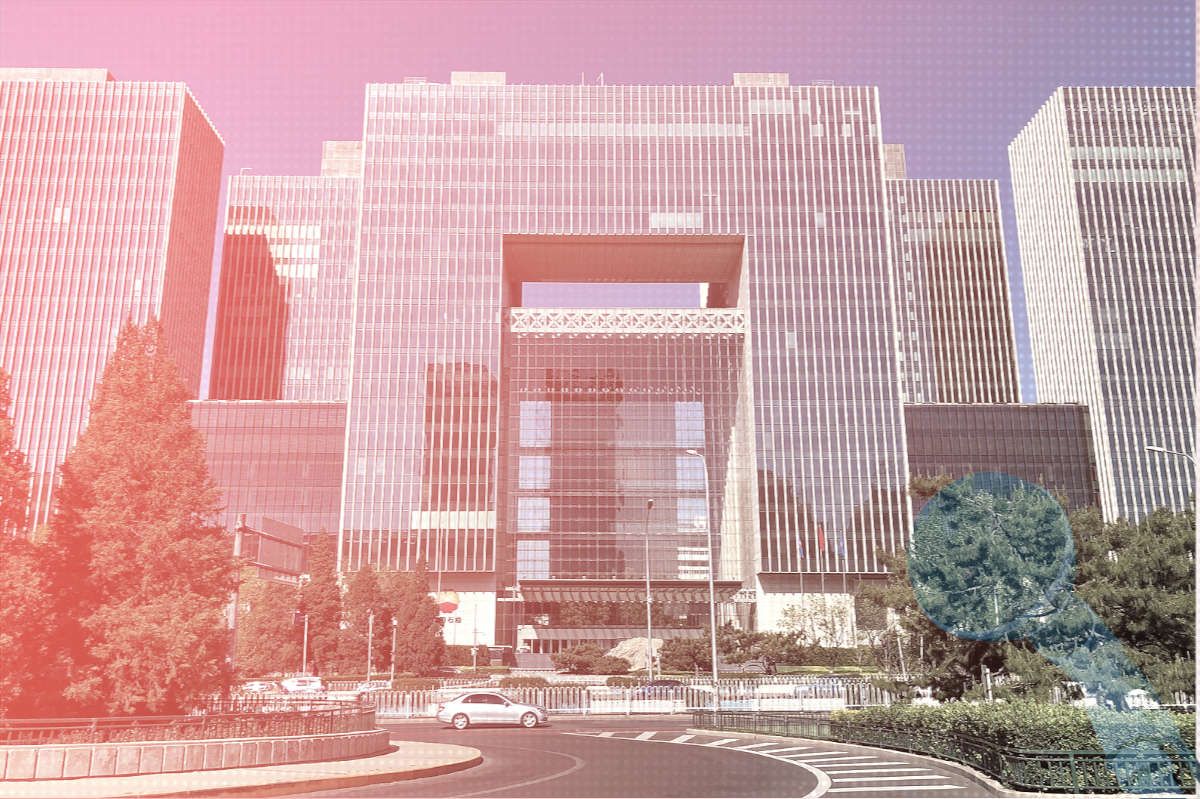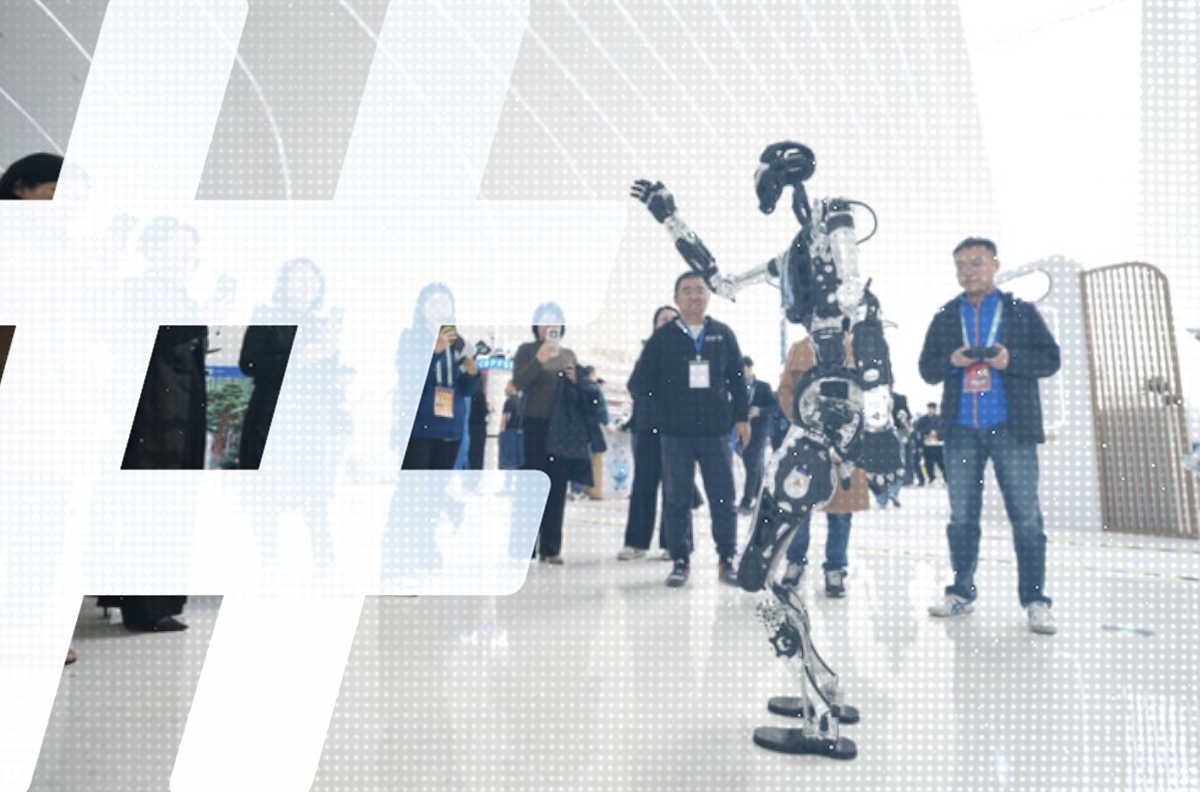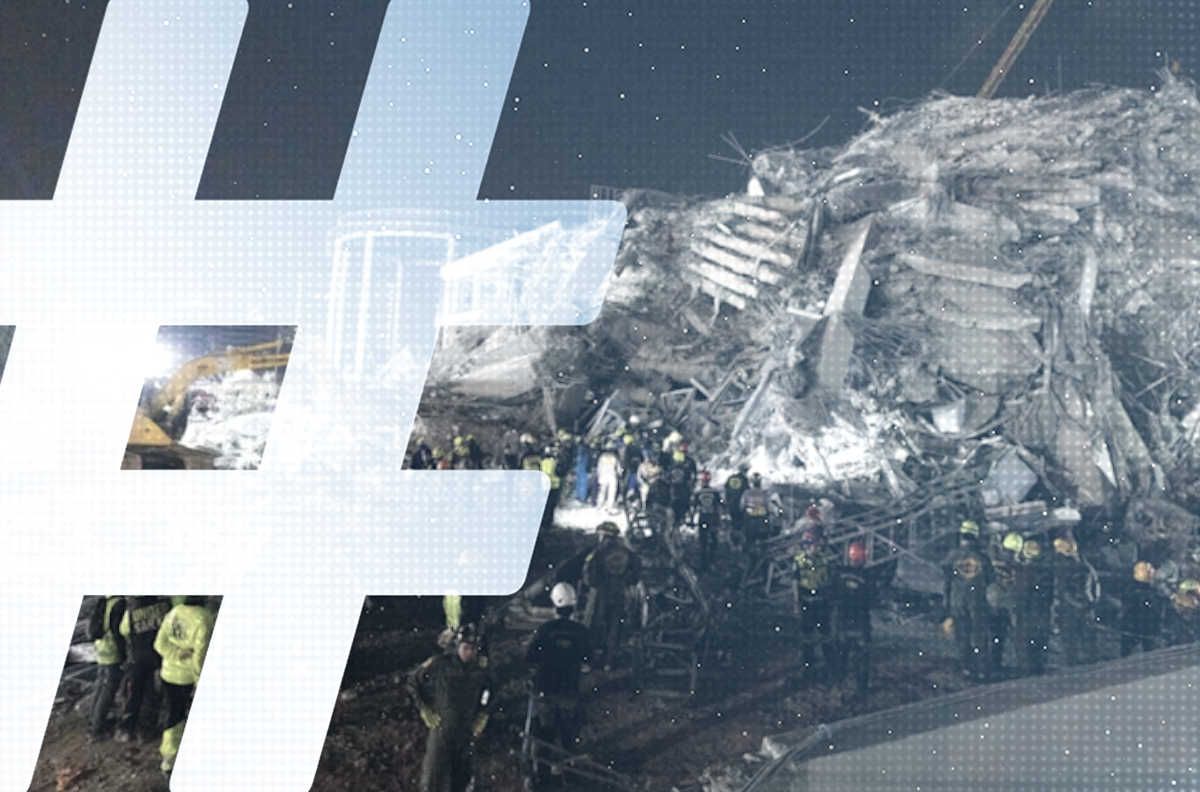Yesterday we shared a number of (deleted) Chinese social media posts on recent protests in the city of Shifang, in which thousands of residents took to the streets to oppose the construction of molybdenum-copper alloy factory by Sichuan Hongda Co. Ltd. While information about the protests on platforms like Sina Weibo was actively removed by the authorities, social media were still virtually the only source on the story available to Chinese readers.
Has the story appeared at all in Chinese traditional media? Yes. But the offerings are not rich, to say the least.
There is quite a pronounced contrast between robust controls on traditional media on the one hand, and a relatively fertile — though constantly undermined and restricted — space on social media.
According to a search of the WiseNews database of Chinese-language newspapers and magazines, 14 reports today deal directly or indirectly with recent unrest in Shifang and its consequences. Of these, 11 concern the fallout for Sichuan Hongda and its share price, mentioning the suspension of the molybdenum-copper project but tiptoeing around reporting on the public demonstrations and violent crackdown.
Here are the papers carrying reports today, with a brief summary of the story being reported:
1. Global Times — 2 articles, both mentioning unrest
2. China Securities News — 3 articles, none mentioning unrest (saying the proposed project in Shifang has “reached a dead end”)
3. Oriental Morning Post — 1 article, no mention of unrest
4. Shenzhen Special Zone Daily — 2 articles, 1 mentioning detention of 27 “criminals” allegedly involved in recent unrest, 1 reporting the business side of the story with no mention of unrest
5. Shanghai Securities News — 1 article, no mention of unrest
6. Beijing Business Today — 1 article, no mention of unrest
7. National Business Daily — 1 article, no mention of unrest
8. Information Times — 1 article, no mention of unrest
9. The Beijing News — 1 article, no mention of unrest
10. Chengdu Commercial News — 1 article, no mention of unrest
Just to give readers a taste, here is the lede for the story appearing on page 28 of Chengdu Commercial News, a Sichuan newspaper:
Recently, Sichuan Hongda (600331) has been the focus of attention over its molybdenum-copper project in Shifang. Yesterday (July 4), Sichuan Hongda, which suspended trading for one day, said that the company received a notice on July 3 demanding that . . . construction be halted for the project. This negative factor drove Sichuan Hongda shares down 9.2% on re-opening of trading . . .

[ABOVE: A story (bottom-left) on Sichuan Hongda’s fall in share price appears on page 28 of today’s Chengdu Commercial News.]
It bears emphasis that two of the three articles dealing directly with the unrest in Shifang today are from the Global Times.
The first is an editorial on page 14 that deals with the news (reported elsewhere only in Shenzhen Special Zone Daily) that 27 people were held in the aftermath of the protests, and that “21 were released, 3 kept under administrative detention, and 3 kept under criminal detention.” The last three are apparently accused of having overturned a police vehicle.
Giving us a taste of debate in Chinese society that has for all intents and purposes been completely erased from traditional media, the Global Times editorial says: “A number of well-known figures in society have supported ‘releasing’ [those who have been detained]. Some have even gone themselves to Shifang in order to expand the impact of this call on the internet and in Shifang itself.”
The editorial goes on to say that while “public opinion should be taken into consideration, the framework of the law should be followed.” (The newspaper’s own approximate translation of the editorial into English is HERE.)
The second piece is a summary of an article appearing yesterday on the website of Hong Kong’s South China Morning Post. Explaining the basic import of the SCMP article, the Global Times says: “Recently, large-scale protests unfolded in the city of Shifang in Sichuan province opposing a molybdenum-copper project that had already been planned. This demonstrates that environmental issues are increasingly becoming a primary reason for social instability.”





















